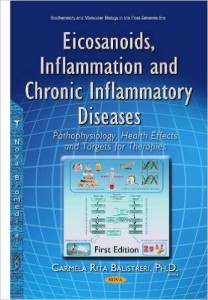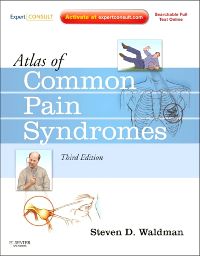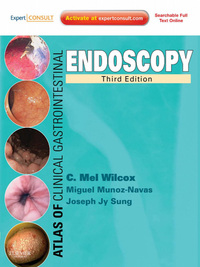
Product Title: Eicosanoids, Inflammation and Chronic Inflammatory Diseases: Pathophysiology, Health Effects and Targets for Therapies
Format:
PDF,
Overview (Details, Topics and Speakers):
by
Eicosanoids constitute a large and expanding family of bioactive lipids synthesized from polyunsaturated fatty acids (PUFA) to either pro-inflammatory omega-6 arachidonic acid (AA) or anti-inflammatory omega-3 eicosapentaenoic acid (EPA) and docosahexaenoic acid (DHA). In these last cases, two essential fatty acids (FAs) (ù-6 linoleic acid (C18:2n6) and ù-3 linolenic acid (LA) (C18:3n3) are utilized as substrates and a series of desaturase and elongase enzymes are essential for their production.
Among these different members, the AA-derived eicosanoids operate as potent signaling mediators that provide an efficient way for cells to respond to various stimuli. As a result, they act as part of a complex regulatory network and control a number of important physiological processes. Some of these processes include:
• smooth muscle tone
• vascular permeability
• platelet aggregation
• broncho-constriction/dilation
• intestine motility
• inhibition of gastric acid secretion
• uterus contraction
• kidney filtration renal blood flow
• an increase in hypothalamic
• pituitary hormone secretion.
Their action is mediated through the binding to specific G-protein-coupled membrane receptors. These receptors can trigger a fluctuation in the rate of cytosolic second messenger generation (cAMP or Ca2+), activation of specific protein kinases or changes in membrane potential. Different cellular types are involved in their production from classical inflammatory cells, such as polymorphonuclear leukocytes, macrophages (important producers) and mast cells, to dentritic cells which represent both a source and target of AA-derived eicosanoids. In addition, human activated T and B cells produce significant amounts of eicosanoids, particularly prostaglandins such as PGD2 and PGE2. This propriety might be principally central to several functions of B cells. However, AA-derived eicosanoids also constitute the optimal amount of immune/inflammatory responses by mediating their effects on macrophages, mast cells, dentritic cells, lymphocytes and natural killer cells. Thus, they are also able to exert both the evocation of immune responses and immune-modulation.
In addition to their capacity to elicit biological responses, eicosanoids (in particular AA-derived eicosanoids) are now understood to regulate immunopathological processes ranging from inflammatory responses to chronic tissue remodeling, obesity, insulin resistance, diabetes, and atherosclerosis. Allergic diseases, cardiovascular complications (i.e. coronaropathies, aneurysm, etc), cancer, rheumatoid and autoimmune disorders are additional bodily functions affected as well. A genetic basis has been postulated for susceptibility to each of these diseases. Each of these medical conditions are syndromic and caused by more than one molecular defect. On the other hand, they are multifactorial diseases. Recently, it has been suggested that genetic variants in eicosanoid pathways have a role in the risk of these diseases. Their combinations have been observed in patients affected by these maladies. Thus, they might be used as promising biomarkers in a pre- and post-treatment clinical setting. Indeed, their identifications may hold promise for the realization of a personalized medicine. The evidence is growing in terms of the eicisaoid role in tissue regeneration and wound healing. It is also interesting how a Mediterranean diet might be suggested as an advantageous and new form of anti-inflammatory therapy. This implies the possibility of using eicosanoids as both health and disease biomarkers and to consider them as potential therapeutic targets.
Many of these aspects are summarized in this book. The data described is based on expert opinion derived from the findings of studies on aging, age-related diseases and inflammation. (Imprint: Nova Biomedical)
Product Details
- Hardcover: 272 pages
- Publisher: Nova Science Pub Inc (July 15, 2015)
- Language: English
- ISBN-10: 1634827996
- ISBN-13: 978-1634827997
Delivery Method
the Eicosanoids, Inflammation and Chronic Inflammatory Diseases: Pathophysiology, Health Effects and Targets for Therapies course/book will be provided for customer as download link. download link has NO Expiry and can be used anytime.
Contact Us
contact us to our email at [email protected] or fill in the form below:





Reviews
There are no reviews yet.